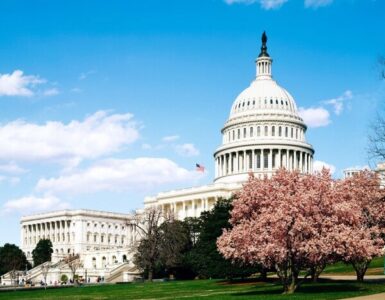Arizona has recovered nearly all of the jobs lost during the height of the COVID-19 pandemic. Some parts of the state, specifically the Phoenix area and Pinal County exurbs, recorded 297,000 more employees than they had last April.
For the second month in a row, Arizona leads the nation in small business job creation according to the Small Business Jobs Index from Paychex and IHS Markit. In February, Gov. Doug Ducey set a goal of adding 325,000 jobs to the economy within the year, which Arizona has already surpassed. Of the 331,500 jobs shed since April 2020, Arizona has recovered 94% of them.
The number of Arizonans relying on unemployment benefits has also dropped from nearly 200,000 to only 30,000 according to Jim Rounds, an Arizona economist.
The success that Arizona has achieved in its recovery from COVID-19 is even more impressive when put into a national context and compared with the recovery rates of other states. The Wall Street Journal released data showing the ICU occupancy rates for states earlier this year in January compared with the end of August.
Arizona is seen as one of the few states that have managed not to return to higher ICU occupation rates over the course of the year and following the introduction of the Delta Variant.
Arizona’s economy outpaces the national average in several important ways.
Arizona is ranked 3rd nationally for the highest Real GDP relative to Pre-Covid levels.
As Arizona looks to continue the growth of its almost completely recovered economy, the driving forces behind the state’s exceptional growth should be acknowledged.
A recent study produced in August by ThinkWhy, a Dallas-based company working to bring AI-driven labor market solutions, ranks Metro Phoenix as the No. 2 ranked labor market in the United States. The company uses a ranking index that identifies and tracks the 10 most important performance indicators used to measure economic performance. ThinkWhy’s study found that the biggest economic drivers for the Phoenix-Mesa-Scottsdale metro area are “net migration” and “college degree holders.”
Economic observers believe vibrant public-private partnerships, a foundationally pro-growth regulatory agenda and an embrace of expanded trade relations with inter-and intra-national neighbors could provide a formula for continued economic success.
















Add comment